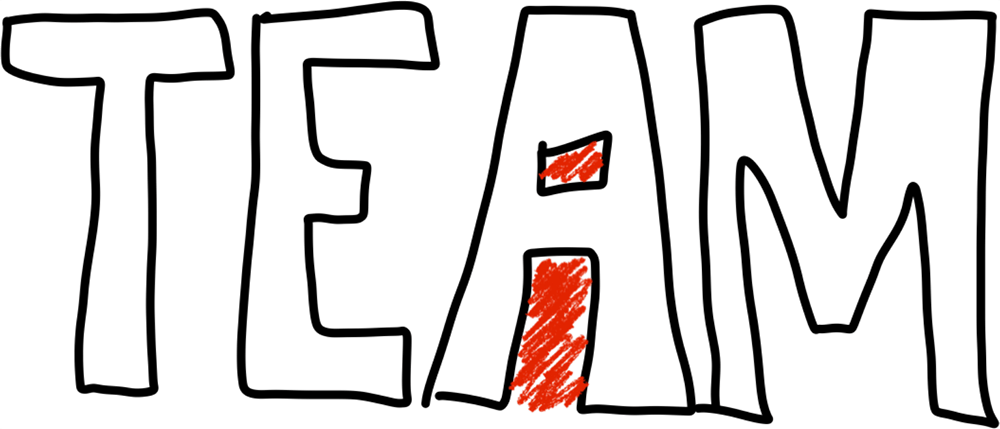Before discussing the final element of building connections with clients, let’s recap what this series has explained so far:
Our clients need to feel four things if we want complaint-free consults with optimum buy-in and compliance: Connection, Trust, Reassurance and Clarity (CTR-C).
And our mnemonic for connection is: IS IT CHE(esy?) – Set your Intention, Smile, Introduce yourself, Touch, Common ground, Humour and Empathy.
Now, lets take a deeper dive into what I consider one of the most important ingredients for working with people…
Empathy
The ability to be sensitive to your client’s feelings and experiences, and then being able to show them that you “get them” is not only essential for fostering connection – it will also give you the best shot at a long and fulfilled career as a vet.
Most of us understand this, but how easy is it to maintain an empathetic approach on those long days when it feels like the entire world is trying to tap into your empathy reserves? And how do you fill up your empathy tank?
For me, it starts with a conscious decision. Before every interaction – before I open that door to the consult room or pick up the telephone – I take a moment to take stock of how I’m feeling: am I frustrated, tired, hungry? Then I ask myself whether this is how I want to feel and if not, how I would prefer to be. And the number one thing I need to be at any one moment is empathetic.
So, I reset my intentions by saying to myself “think empathy” and asking myself: “How are these people likely feeling right now?”
That single step is probably one of the most important things I’ve learned in my years as a vet. It’s good for my clients and improves my relationship with them, but it also shields me against compassion fatigue and burnout.
It is for me as much as it is for them.
Empathy statements
Once you’re in the right headspace, you can use empathy statements to show clients you are sensitive to their experiences.
Here a few examples of phrases that are super-simple and not too soppy that, in my experience, will instantly change the tone of client interactions from cold or even confrontational to collaborative:
- “I’m sorry you had to wait so long.”
- “I’m sure this is not how you a planned to spend your Friday night.”
- “I can see you are very worried about…”
- “How terrible. I’m sorry you had to go through that.”
- “I realise it’s way past bedtime for your children (if there are young children present), so let’s see if we can find some answers so you can get them home.”
- “You look all dressed up. Did you have big plans? I’m sure your plans didn’t include hanging out with me!”
If we start our interactions like that, we immediately signal to our clients that we see them and respect their experience. We show them we are on their side, which puts them on our side.
Instead of potential adversaries we become a team – and once we’re on the same team every other interaction becomes smoother.
Conversely, if you omit these kind of statements it could be perceived that you judge your time to be more valuable than that of your client and that he or she should “just be grateful for the privilege of your time”.
I’ll be the first to confess that this is sometimes exactly how I feel. This is why it’s so important to remain aware of your thoughts, because if your client senses even a sniff of superiority you’re setting yourself up for a rough ride.
Subconsciously, they’ll be looking for opportunities to bring you back down to earth.
Quick aside
I mention the word team, which is exactly what we should aim for with our clients.
I’m sure you’ve heard the saying “there is no ‘I’ in team”, but did you know there actually is an “i” in team:

See, it’s right there in the A-hole.
Yes, you will meet A-holes – probably on a daily basis. People who are going to try to find fault with what you do regardless of how perfectly you consult and how much you try to connect with them. People who have no intention of paying, people who think they know better than you because they’ve googled or spoken to their breeder.
This is not written for them. These are not the people you will connect with. They are a challenge you need to face and a cross you’ll have to bear, but if you use these techniques for fostering connection you will reduce the effect these people have on your work life, because:
A – they will have nothing to complain about
B – you will find so much more joy in your other clients that the negative effects the A-holes have on your day will be massively reduced in comparison, and the effect they have on your psyche will become a lot less significant
C – sometimes the interaction is ruined by an A-hole, but it’s not the client… this approach will ensure you are not inadvertently being the A-hole in the story.
- When this series resumes, it will look at the next step in the CTR-C approach: Trust.

Leave a Reply